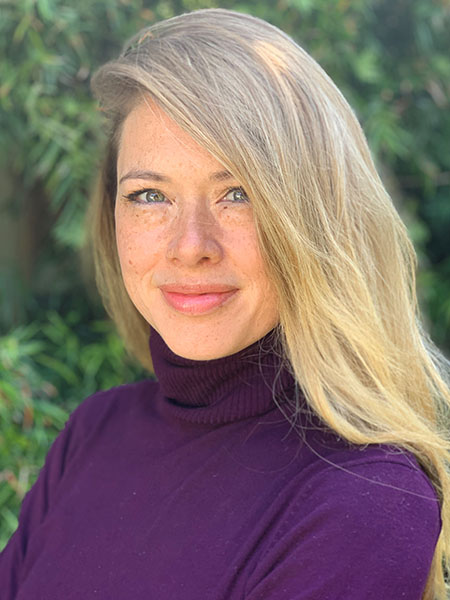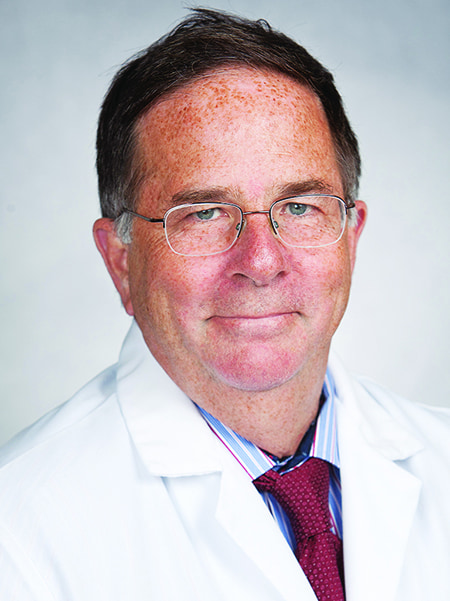Introducing the UC San Diego Return to Learn Program
Program makes COVID-19 testing available to thousands of students in effort to track the novel coronavirus and better position the campus to resume in-person activities in the fall
By:
- Heather Buschman, PhD
- Scott LaFee
Media Contact:
- Heather Buschman - hbuschman@ucsd.edu
- Scott LaFee - slafee@ucsd.edu
Published Date
By:
- Heather Buschman, PhD
- Scott LaFee
Share This:
Article Content
University of California San Diego is taking the first steps to introduce Return to Learn, a program that aims to test broadly students, faculty and staff on campus on a recurring basis for presence of the novel coronavirus that causes COVID-19.
The initial phase of the program will begin this month with students currently living on campus. If successful, it could be subsequently expanded to the rest of the UC San Diego community. The evidence-based program — which also includes plans for exposure notification and isolation housing for on-campus resident students who test positive for the virus — is intended to better position UC San Diego to resume in-person activities when fall classes begin in September 2020.
“We are here to teach, conduct leading-edge research, and provide service to our communities,” said UC San Diego Chancellor Pradeep K. Khosla. “We were able to implement remote education quickly and efficiently so that the vast majority of students could continue their studies while they took shelter during the initial phase of the pandemic, but we are also committed to continuing to offer our students, faculty, and staff the experience of being together on a college campus.

UC San Diego Chancellor Pradeep K. Khosla. Credit: UC San Diego
“To do that, we are launching the ‘UC San Diego Return to Learn Program.’ This effort will leverage the ingenuity and expertise of our clinicians, molecular biologists, epidemiologists, bioinformaticians, and others to work toward a tailored map of where the virus is, and where it isn’t. We expect these efforts to help put us in the best possible position to minimize virus outbreaks and implement new interventions as needed, should we resume in-person activities this fall.”
How the UC San Diego Return to Learn Program works
In the initial phase, scheduled to begin May 11, self-administered, nasal swab-based COVID-19 tests will be made available to the more than 5,000 undergraduate and graduate students who continue to reside on the UC San Diego campus. The program team will also look for signs of the coronavirus in residential wastewater and surface collections.
Once enrolled, a participant will go to one of several designated sites on campus to pick up a clean nasal swab in a specimen collection container. Using a downloaded barcode-reader app on a smart phone, the participant will scan the unique barcode on the container, linking a personalized number to the specimen and generating a time stamp. The participant will then swab the inside of their own nose, drop the swab in the container and leave it in a collection box to be picked up by program coordinators. The swabs will be tested for the novel coronavirus, SARS-CoV-2, at the Center for Advanced Laboratory Medicine at UC San Diego Health.
The initial phase of the program will allow the team to optimize operations so that, if successful, the program might be broadly expanded to potentially test all UC San Diego students, faculty and staff, approximately 65,000 people, on a monthly basis, beginning as early as September or soon thereafter.
The data collected about the virus is expected to inform an epidemiological model that reflects UC San Diego, its facilities, housing configurations, and the way people move and interact around the campus. This knowledge may help university leaders better understand how to most effectively detect cases early, mitigate transmission risk, and guide key decisions regarding housing, class sizes and classroom configurations.

Natasha Martin, DPhil, associate professor of medicine at UC San Diego School of Medicine. Credit: UC San Diego Health Sciences
“Our models indicate we need to be able to routinely test a large proportion of the campus community to detect an outbreak at an early stage,” said project lead Natasha Martin, DPhil, associate professor of medicine at UC San Diego School of Medicine. “So it is vital that we start now to understand how to take this program to scale. The initial phase, combined with our tailored models, may deliver data to inform our decision-making about how to expand in-person campus activities in the safest way possible.”
Martin, an infectious disease modeler who develops epidemic models to evaluate the impact of public health interventions, is heading the project, in collaboration with Cheryl Anderson, PhD, professor and interim chair of the Department of Family Medicine and Public Health at UC San Diego School of Medicine; Robert Schooley, MD, professor in the Department of Medicine at UC San Diego School of Medicine; and others throughout UC San Diego.
What happens if coronavirus is detected
Any participant who tests positive for SARS-CoV-2 will be notified and advised to seek medical care. The program’s Case Finding and Contact Tracing team, led by Anderson, will also try to identify and notify persons with whom the infected person may have had close contact in previous days — an effort known as exposure notification. In accordance with federal and state regulations, San Diego County Public Health will be notified about positive cases.
UC San Diego’s Student Health Services and UC San Diego Health are the first in the University of California system to share an integrated electronic medical record system, which is expected to help streamline test ordering, notification, and patient care.
Participant privacy is a priority. Only medical professionals and public health officials who need to know the identity of those who test positive for SARS-CoV-2 will have access to identifying information. Otherwise, specimens and records will be managed by barcode and an associated alphanumeric code, and only aggregate data without identifying information will be made available to researchers monitoring the presence or absence of the virus on campus.

Robert Schooley, MD, professor in the Department of Medicine at UC San Diego School of Medicine. Credit: UC San Diego Health Sciences
“We are fortunate to be in a collaborative, innovative setting where we can help monitor viral activity, mitigate risks, and implement public health interventions to prevent the spread of SARS-Cov-2,” said Schooley. “It’s our hope that what we accomplish at UC San Diego will also help protect the surrounding San Diego community, and provide a model for other universities.”
What to do if you experience symptoms of COVID-19
Whether or not you are participating in this program, if you are experiencing symptoms of COVID-19, you should self-isolate and call your personal health care provider for instructions. If you are a UC San Diego student, call Student Health Services at 858-534-3300. If you are not a student, but you are a UC San Diego Health patient, call the dedicated COVID-19 nurse line between 8 a.m. and 5 p.m. at 800-926-8273.
Symptoms of COVID-19 may include a combination of the following: cough, shortness of breath or difficulty breathing, fever, chills, repeated shaking with chills, muscle pain, headache, sore throat, and/or new loss of taste or smell.
For more student and campus information, visit: coronavirus.ucsd.edu
For more patient and health system information, visit: health.ucsd.edu/coronavirus
Share This:
You May Also Like
Stay in the Know
Keep up with all the latest from UC San Diego. Subscribe to the newsletter today.



